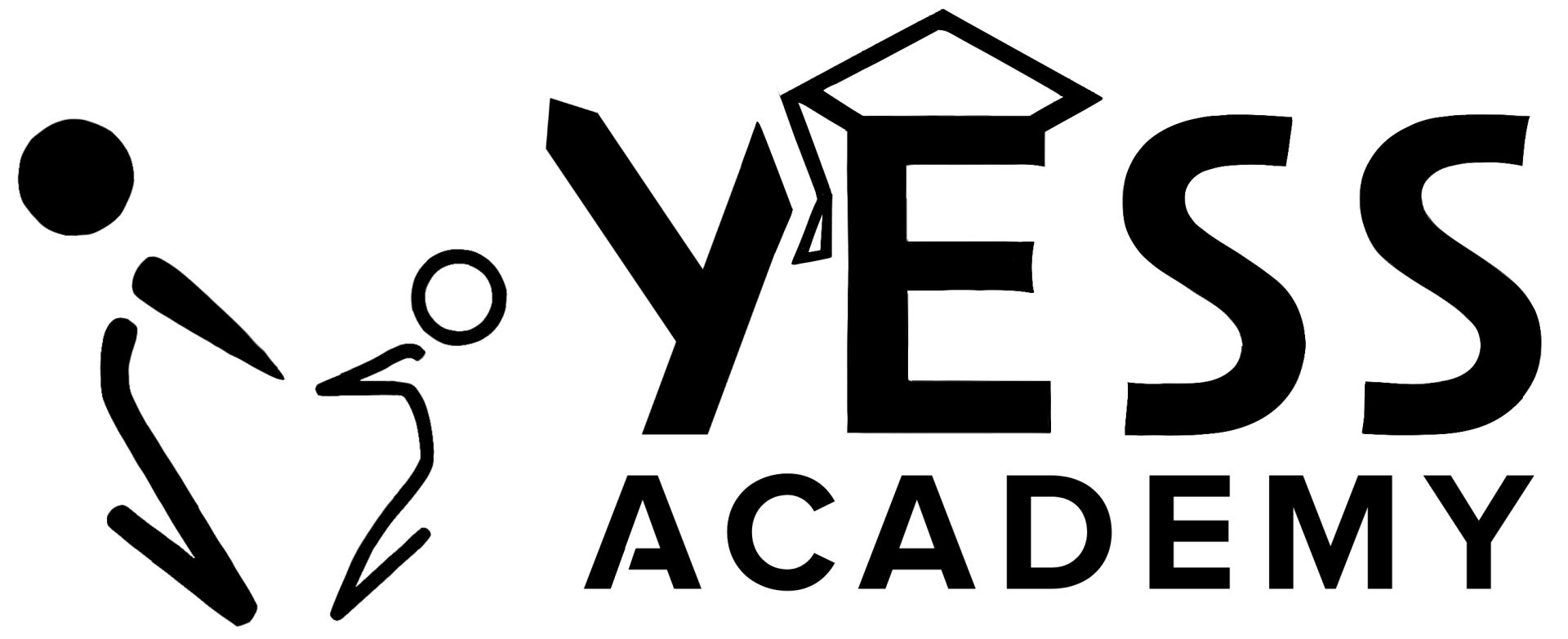Medical Marijuana, also known as medical Cannabis, is the use of the Marijuana plant or its components for medical purposes, such as cannabinoids. While Marijuana remains illegal under federal law in many countries, including the United States, many states have legalized it for medical purposes, and some have even legalized it for recreational purposes.
Hundreds of chemical compounds, including over 100 cannabinoids, are found in the Marijuana plant. Tetrahydrocannabinol (THC) and Cannabidiol (CBD) are the two most well-known cannabinoids. THC is the compound that gives the plant its psychoactive effects, whereas CBD has no psychoactive properties and is thought to have a variety of medical benefits.
Medical Marijuana is used to treat conditions such as chronic pain, nausea and vomiting, muscle spasms, and glaucoma. It is used to treat epilepsy, multiple sclerosis, and Crohn's disease, among other things.
Pain relief is one of the most well-known applications of medical Marijuana.
Cannabinoids have been shown in studies to reduce pain by blocking pain signals in the brain. They can also reduce inflammation, which can help relieve pain from conditions like arthritis.
Medical Marijuana is also useful in treating nausea and vomiting caused by chemotherapy in cancer patients. According to some studies, it may be more effective than traditional anti-nausea medications.
Medical marijuana is also commonly used to treat muscle spasms caused by diseases like multiple sclerosis.
1. Medical marijuana is the use of marijuana plant or its components for medical purposes, which is legal in many states.
2. Cannabinoids, including THC and CBD, are the chemical compounds found in the marijuana plant, with THC having psychoactive effects and CBD having potential medical benefits.
3. Medical marijuana is used to treat chronic pain, nausea, muscle spasms, glaucoma, epilepsy, multiple sclerosis, and Crohn's disease.
4. Cannabinoids have been shown in studies to reduce pain, inflammation, and intraocular pressure.
5. Medical marijuana is not a miracle solution and has possible side effects, including dizziness, dry mouth, and impaired cognitive function, and smoking marijuana can be harmful to the lungs and interfere with other medications.
Check out our interactive Cannabis education program for Youth!
270+
e-learning activities

